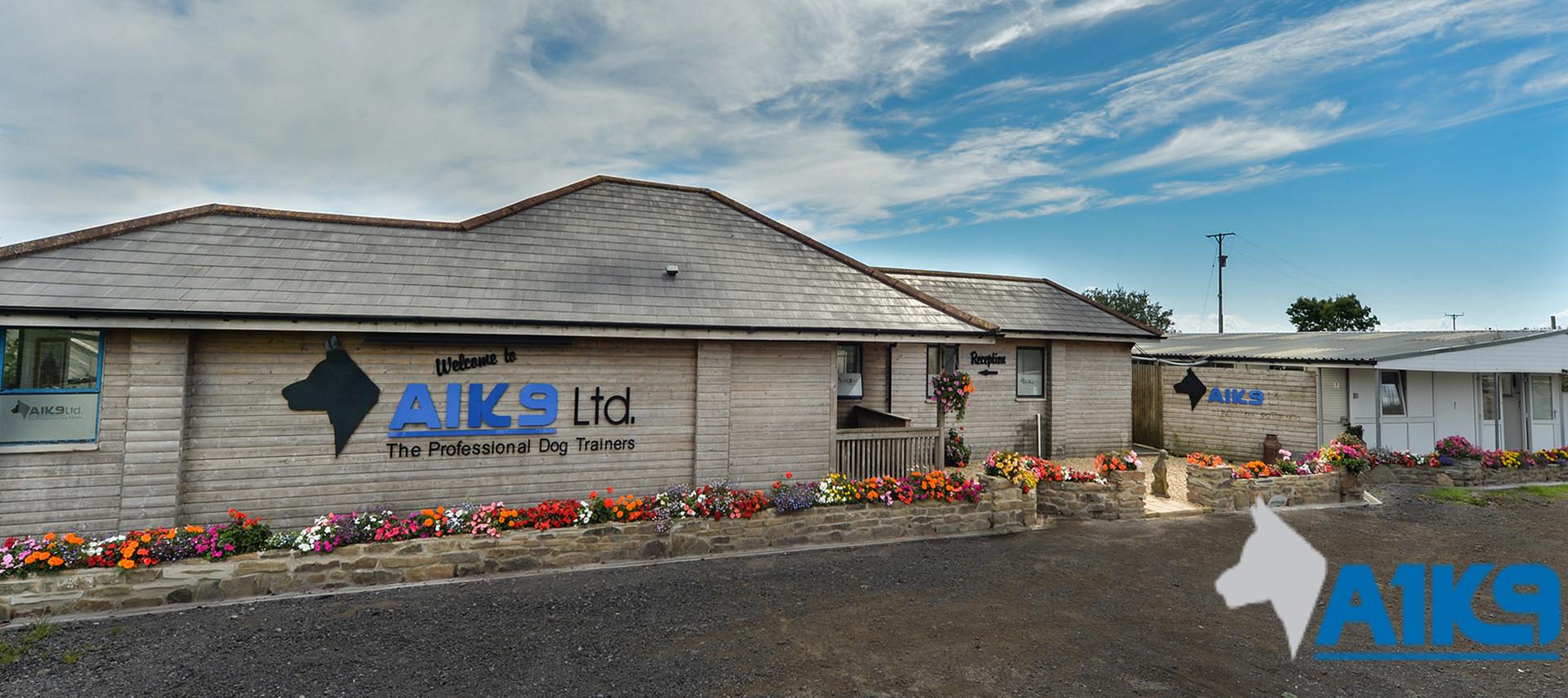A1K9 Favoured Protection Dog Breeds
The Danger of Conflicting Misinformation
One of the most common questions regarding A1K9 specialist protection dogs, or even more general guard dogs, is which breed of dog is the best for the job. Unfortunately, there’s a lot of misinformation and generalisations on this topic. Furthermore, these opinions tend to differ, or even directly conflict each other.
The overall size and presence of a breed can act as a deterrent, as is often the assumption with larger dogs. However, our personal and family protection dogs are trained to assess and react accordingly in traumatic situations, whilst maintaining the attitude of a devoted and loving family pet when danger is not present.
The skills and ability of a protection dog are not something every dog is capable of, no matter the breed. Although, from our experiences, and personal preferences, there are specific breeds from which we more commonly find dogs that are suited to the role of protection dogs.

Which Breed Is Best for a Protection Dog?
German Shepherd
Charles Wall, Senior Trainer at A1K9, considers the German Shepherd one, of if not the best, all-rounders for protection dogs. This breed is heavily featured among the protection dogs on the A1K9 website, and not without reason. Dogs from the working line are more commonly seen as protection dogs, which are those with black or sable colouring. However, this is usually a personal preference, as a few show line dogs of black and tan colouring have also been selected. Black and tan, show-line German Shepherds would have previously been considered Alsatians a few years ago in the UK. Therefore, some individuals may also list Alsatians as one of the best breeds for the role of protection dog.
Malinois
The Malinois is almost on par with the German Shepherds when it comes to examples of fully trained protection dogs on the A1K9 website. This fact may be surprising for some, as there is a common misconception that all Malinois are extremely energetic, which would make them both difficult to keep focused and train. However, this factor, much like all parts of a dog’s temperament comes down to the individual dog. Although breed typing can sometimes be helpful, especially when considering common genetic health risks in a family pet, this is not the case when specially selecting a dog for a specific purpose - as we do here at A1K9. The Malinois is also referred to as the Belgian Shepherd. However, at A1K9, our Malinois protection dogs are more commonly selected from the Netherlands. In our experience, we have found that this choice, along with our specific selection process, leads to a much more level-headed dog, which is exceptionally well suited to the role of protection dog.
Dobermanns
When most individuals consider a protection or guard dog, a Dobermann may automatically come to mind. This is not unfounded, however, finding suitable Dobermann candidates for protection dog training is becoming more difficult in recent years. Therefore, the stereotypical association of this breed is not as accurate as you may assume.
Occasional Alternatives
Other dog breeds that A1K9 have trained as protection dogs in the past include Giant Schnauzers and even the occasional Labrador. You may find this surprising, but the capability and temperament of the dog are what matter the most when selecting an individual for our protection dog training. However, to some extent, it could be argued that breed does play into our decisions. The training of Labradors as protection dogs is exceptionally rare, and this is mainly because, as a physical deterrent, this breed simply doesn’t work. Labradors can be trained to do the job, but they are often considered and assumed to be friendly-family pets only. Therefore, they do not have the same ability to prevent conflict from escalating to a dangerous situation simply with their presence – unlike our other favoured breeds.
Bought Not Bred
Even though A1K9 has breeds that are more common among our trained protection dogs, we never breed our selected candidates. This is because the ability, capability, and temperament of a protection dog are vital to their success in their role – both within the family and as protectors. If we were to breed puppies from successful protection dogs there is no guarantee that our desired characteristics would carry over, they are not genetic and cannot be forced into a litter. We specially select our individual dogs based on our own specific criteria. Furthermore, by the time our dogs begin training, at 18 months, they are old enough to be calm, sensible, and focused. Waiting 18 months to see if a puppy will be an eligible candidate for the A1K9 training programme is not an acceptable option for us, you, or them.
Specifically Selected Individuals
If you’re interested in selecting your own personal protection dog from A1K9, then we urge you to carefully consider the above. You can also watch the below interview with Paul Thorpe, which provides further information on what we do, why, and how.
We also encourage any potential family to get in touch and come visit our dogs at the A1K9 base in Swansea. Our currently available protection dogs can be found here, with some further information about each individual person and family protection dog.
Or you can contact A1K9 today to find out more. We always work to match our dogs based on your specific needs.
